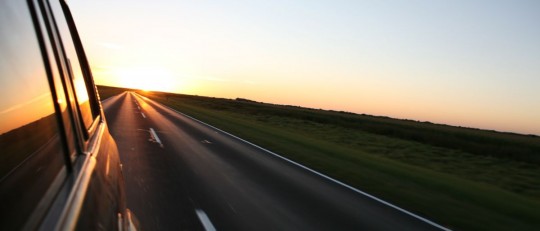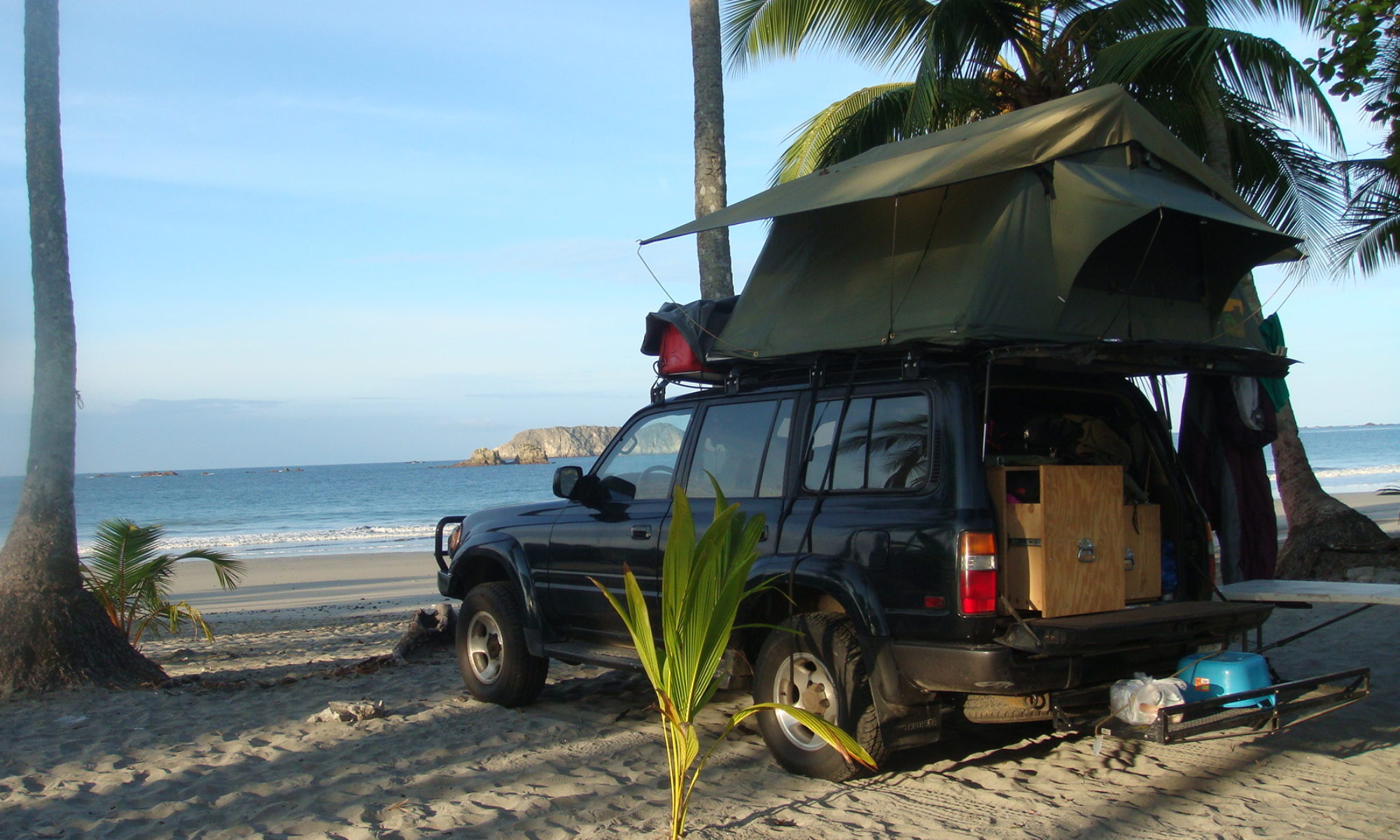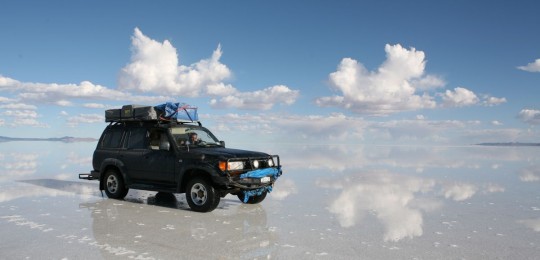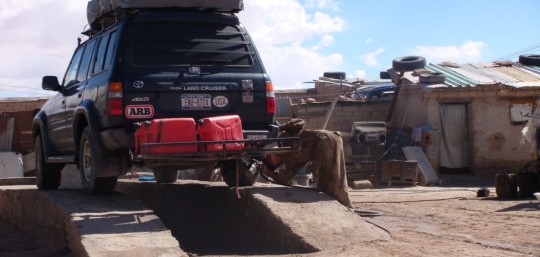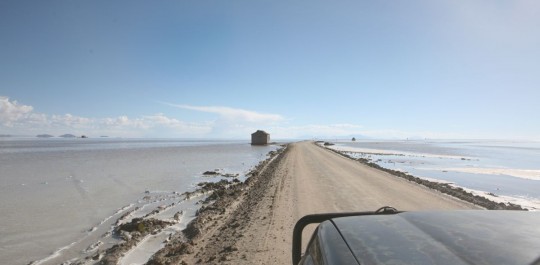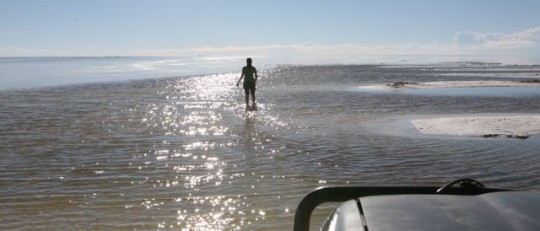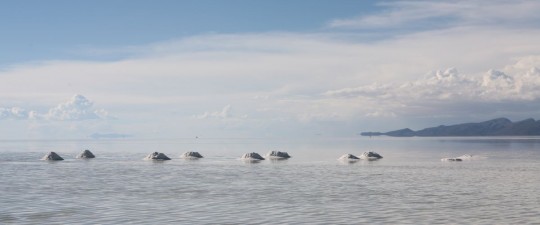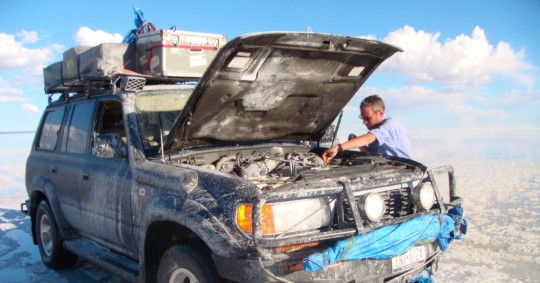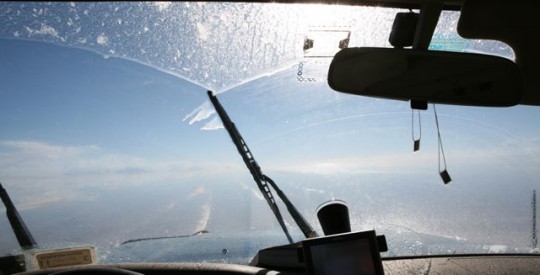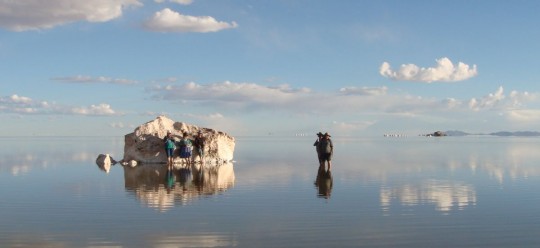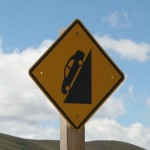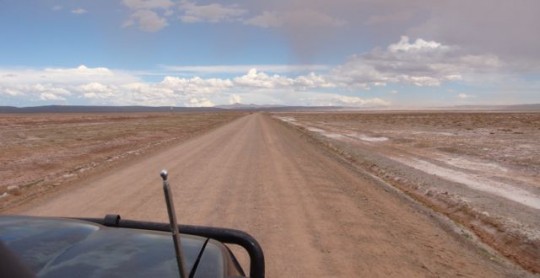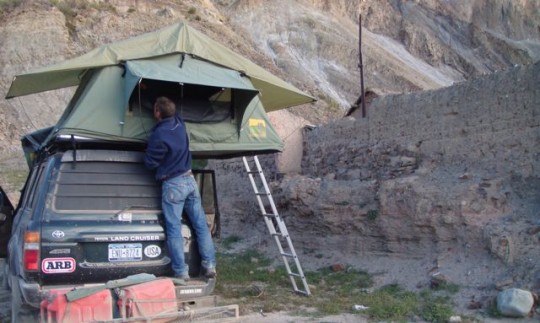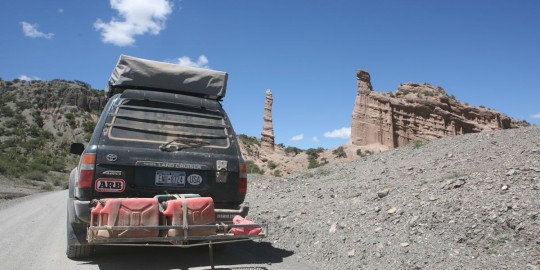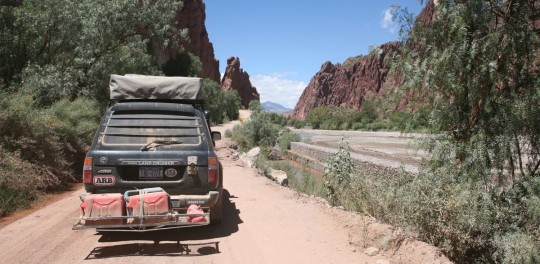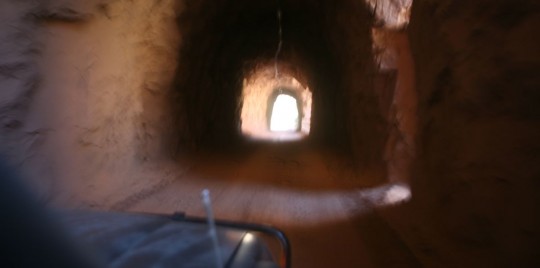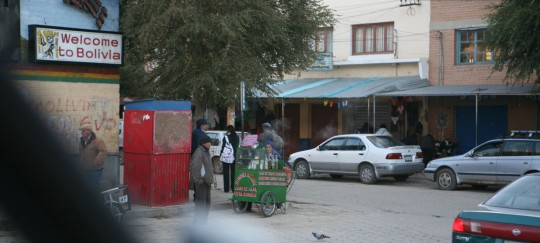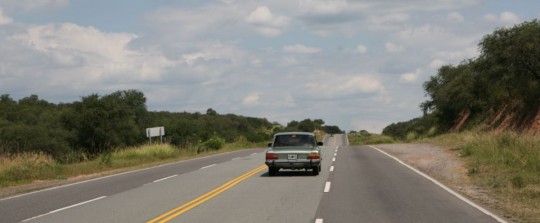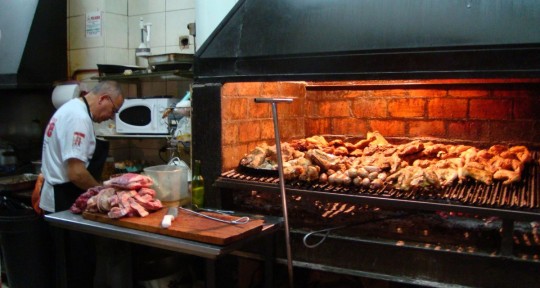
Argentina was very different compared to the countries we have been crossing in the last months. Suddenly, we found ourselves back in a place that measures more with Europe or the United States than with its close neighbors.
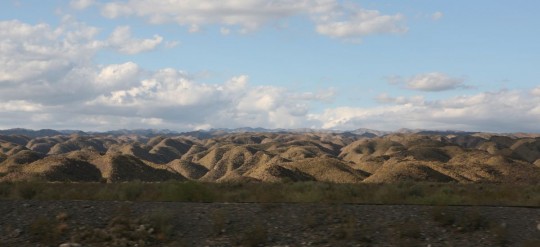
There, in rural area, bush camping is never a problem, roads are straight and in good shape, we were back in flat ground, close to see level, and food was abundant, diversified, and close to European standards.
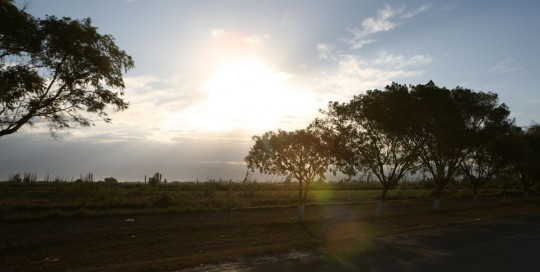
Prices are higher than we are used too, notably gas, at US$3.6 a gallon. Most of the nights, we are opening our tent in gas station parkings, where it is always allowed to camp, and where you get showers (with hot water! I forgot it existed) and most of the time Internet access.
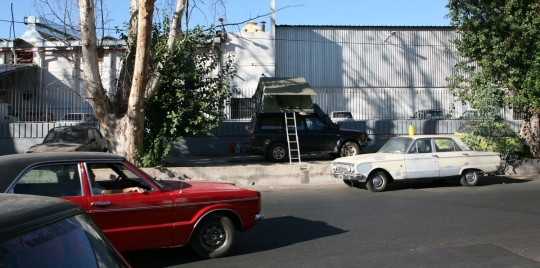
After we passed the border, we continued to drive south. We would first visit San Juan and Mendoza, the heart of the wine country, a thousand kilometers south of the Bolivian border. From there, we would go full east, and drive another thousand kilometers to Buenos Aires.
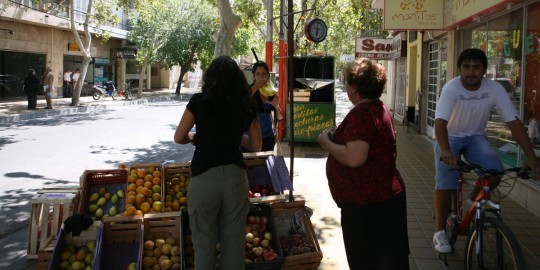
The roads are easy, the landscape around dry as a desert. One can drive there and not have to turn for 200 kilometers. The long drive was monotonous and we were counting miles between towns. For the first time since we left New York, I tried one of the recorded books I had on my iPod.
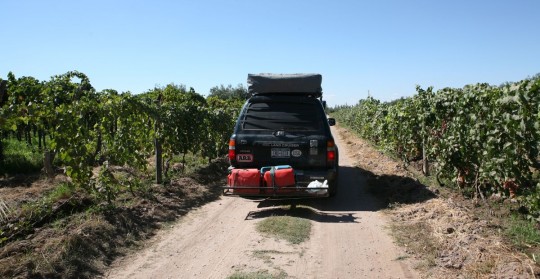
In few words, the adventure – for now – was on hold. Nothing to worry about on the road. What a change after all these the last months. But I was doing my best to enjoy this quiet time before my next destination. Africa.
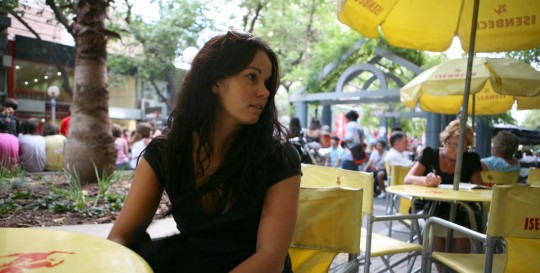
Nadia will spend few days in Buenos Aires with me, and will then take a flight to Brazil to spend a little bit of time there. Then she will go back to Paris where some work awaits her. It will be though to see her go, as she was a great travel companion in the four months it took us to go from New York City to Buenos Aires. But she is dreaming of the Brazilian beaches, and needs to make some cash for future adventures.
So good-bye Nadia, and don’t forget about the Trans World!
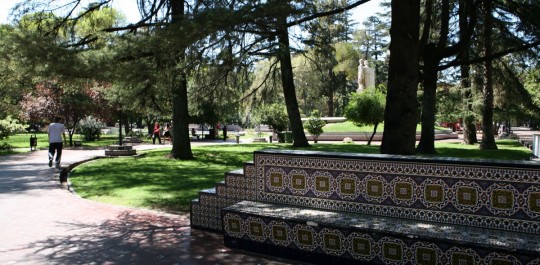
These long roads let you a lot of time to think, so I take advantage of it to lay down what’s coming up for me (and you guys).
In few days, I will be in Buenos Aires. There, I will find an apartment to stay during the three weeks my truck will be sailing to South Africa. My parents will come visit me during this time, as I didn’t see them in a while. I will try to expedite first the shipping details for the vehicle, and I am still trying to lower the cost of this necessary step. So far, I received quotes of around US$2,500 not including port fees in Africa. The most likely destination is Durban.
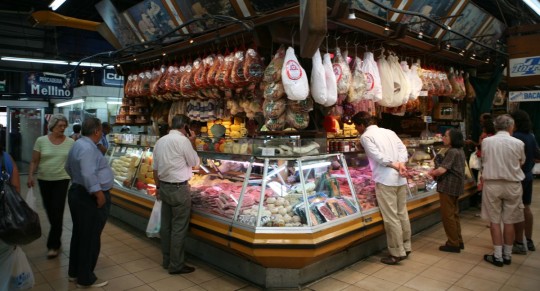
Then, there will be an important change in my plans. The route I am following always have been changing, little by little, and – for example – I decided recently to skip Chile because of the problems the country is facing (February 27 earthquake). But this time, it will be a bigger change. I initially planned to follow the west coast of Africa, go north to Europe, and then east through the middle-east. I am now decided to try the eastern African route.
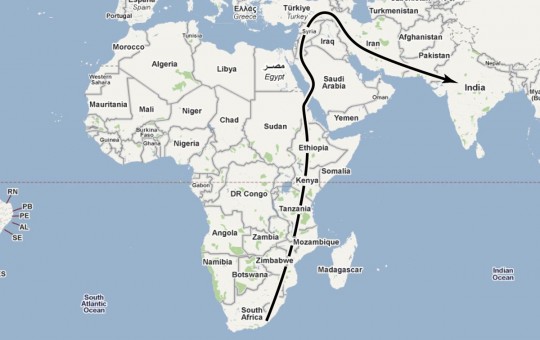
Start from South Africa, and up through Mozambique, Tanzania, Kenya, Ethiopia and Sudan. From there, the plan is to ship the truck to Saudi Arabia, continue through Jordan, Syria and finally arrive in Turkey.
A break there should allow me to get a visa for Iran and India after which I will be back on the road. But this is far away, and there can, and probably will, be additional changes.
It is sad to skip Europe of course, especially for me, as there will not be a stop in France, my home country. But there are many difficulties on the west coast of Africa, and getting visas could become a headache. I would also save some precious money since gas prices are so high in Europe, and the shortcut I will be taking would probably save me a month of road. As always, you have to make some choices, and I will give this route a try.

But back on our quiet adventures in Argentina. Eventually we made it first in San Juan, where we took care of laundry and spent time in outside cafes observing the population and walking in the small city, similar to a provincial town in France. People here take at least three-hours break in the middle of the day, and shops reopen around 4:30 p.m., so you have to plan your day according to this schedule.
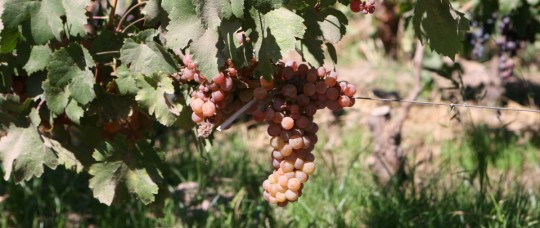
250 kilometers later, we were in Mendoza and walked across the city before trying a meat restaurant, called a “Parilla”. A Parilla is basically a barbecue, and is an essential part of the life in Argentina. Meat is served with no sides, except if you especially request it. Not a paradise for vegetarians to say the least.
If you happen to be around there, try Arturito, you will not regret it. (not in guidebooks, cheap, intersection Las Heras and Chile)
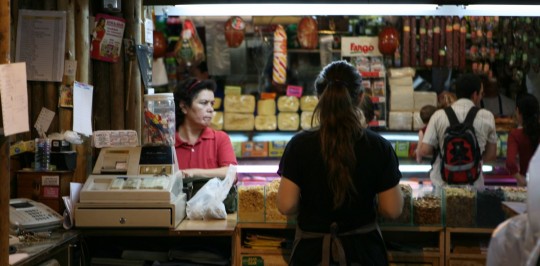
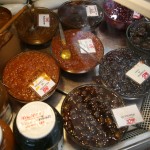 The following day, we continued our exploration of the city after a noisy night in front of a gas station. We visited the central market, the oldest of the city. There we got meat and cheese for the days to come. Argentineans don’t have a great markets culture, and those are rather small, even in big cities. We walked around the town, and visited some of the many parks peppering the charming town.
The following day, we continued our exploration of the city after a noisy night in front of a gas station. We visited the central market, the oldest of the city. There we got meat and cheese for the days to come. Argentineans don’t have a great markets culture, and those are rather small, even in big cities. We walked around the town, and visited some of the many parks peppering the charming town.
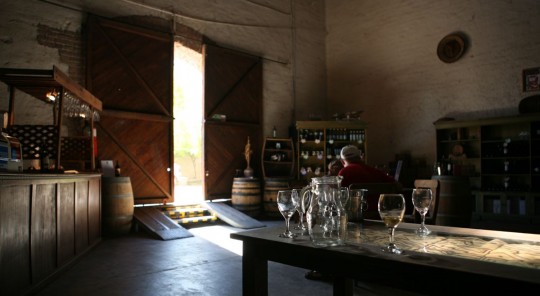
Then we were off to visit a winery, and of course do some wine tasting. We chose to begin our visits by a medium-sized bodega, the Familia Cecchin. We tried to get them to let us sleep there, but with no success. This is always the problem with touristic area. People don’t understand why you want to sleep at their place for free when there is a camping not far from there!
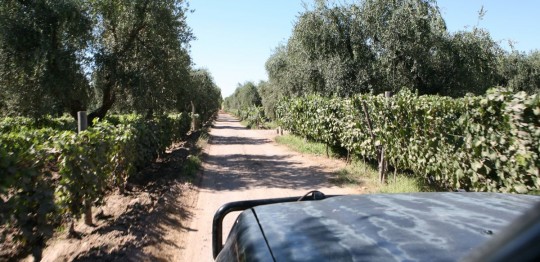
And at the end, we had to do like everybody in a civilized country, go to a camping. And down there, it was almost American prices at US$10.
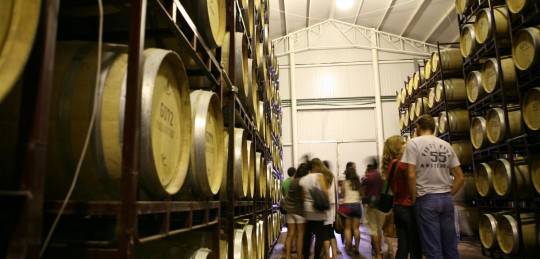
But it was quieter than in the gas stations we slept at in the few last days. In the morning, we were well rested, and drove to one of the biggest winery around, the bodega Zuccardi, famous for their Santa Rosa wines.
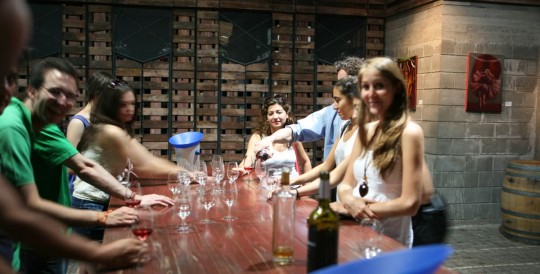
We were back on the road. And this time, I drove east. From New York, I have been going south all the time. It is now time to go around the globe, if I want to be done with this trip before my fifties. Next stop, Buenos Aires!
